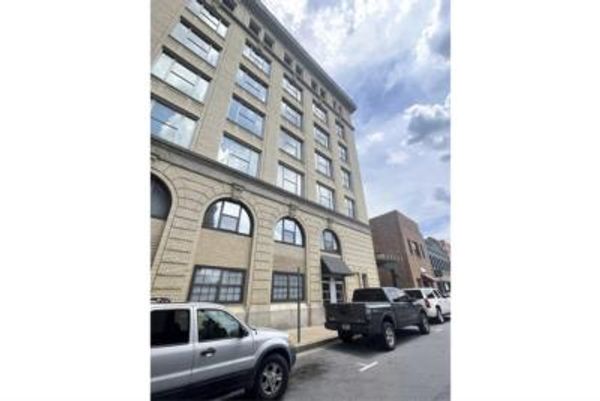Wednesday marks the 100th trading day of 2022 for the stock market. It's a bittersweet anniversary. The Dow Jones Industrial Average and the S&P 500 are on pace for their worst first 100 days since 1970. For the Nasdaq composite, which dates back to 1972, it could be the worst first 100 trading days ever.
But there's still time to avoid at least part of that dubious distinction.
Stock Market Could Still Avoid Negative Record
By the end of Wednesday, if the Dow can close above 31,826, it would then only be the worst first 100 trading days since 2020, when it fell 12.4%. In 1970, the Dow fell 19.9%. Through Tuesday's close, the Dow was down 12.1% year to date. On average, the index gains 2.8% through the first 100 trading days of a year, according to Dow Jones Market Data.
The S&P 500 is currently down 17.3% this year, and is on pace for its worst initial 100 days since 1970, when it fell 23.7%. The index is on the verge of a bear market, defined as a 20% fall from the prior high.
The S&P hasn't closed lower by more than 10% during its first 100 days since 1974, when it closed down 10.32%, according to the stock market data crunchers at Dow Jones. Historically, the index gains an average 2.9% through the first 100 days.
| Years when the S&P 500 fell 10% or more | ||
| Year | First 100 trading days (% change) | Rest of the year (%) |
| 1932 | -28.20 | 18.18 |
| 1939 | -16.73 | 13.55 |
| 1941 | -12.10 | -6.56 |
| 1942 | -11.28 | 26.72 |
| 1962 | -14.59 | 3.26 |
| 1970 | -23.69 | 30.96 |
| 1974 | -10.32 | -21.47 |
| Average (%) | 9.2 | |
| Median (%) | 13.5 | |
| Source: Dow Jones Market Data | ||
Nasdaq On Pace For Worst 100 First Days Ever
The Nasdaq is down 28% this year, and is already in a bear market. It will shatter all records for the first 100 trading days. The closest year that came close was 1973, when it closed down 21.36% for the first 100 days.
By comparison, the index gains an average 6.2% through the first 100 trading days of the year.
| Nasdaq composite down 10% or more | ||
| Year | First 100 trading days (% change) | Rest of the year (%) |
| 1973 | -21.36 | -12.34 |
| 1974 | -12.63 | -25.74 |
| 1984 | -14.01 | 3.24 |
| 2000 | -19.63 | -24.46 |
| 2002 | -14.81 | -19.62 |
| Average (%) | -15.8 | |
| Median (%) | -19.6 | |
| Source: Dow Jones Market Data | ||
Yet there is a glimmer of hope. Records show when a stock market index falls 10% or more through the first 100 trading days, the Dow averages a gain of 0.5% for the rest of the year, and the S&P averages a gain of 9.2%, ending the year higher 71% of the time.
But the Nasdaq averages a decline of 15.8%.
To help investors through the poor market action in this stock market, we've put together a Bear Market Guide.
Keep an eye on IBD's market outlook, which is found on the homepage of Investors.com. It currently lists the status as Market In Correction. And read the Stock Market Today and The Big Picture for updates on the stock market.
Follow Michael Molinski on Twitter @IMmolinski







